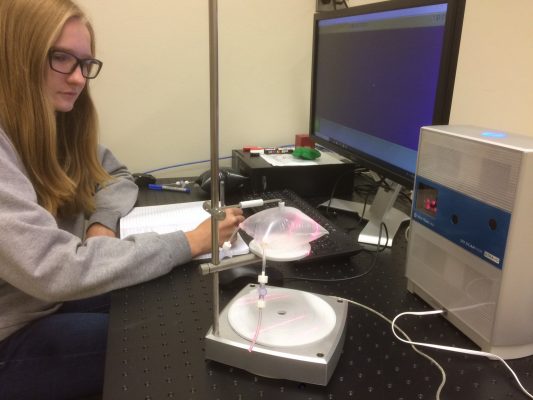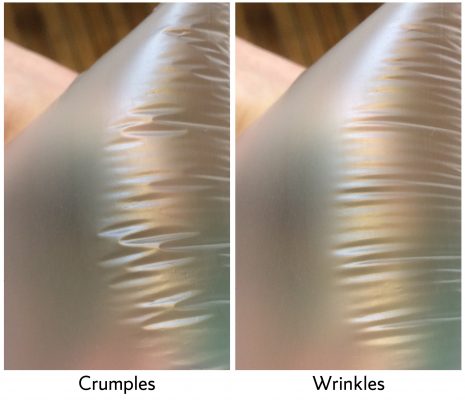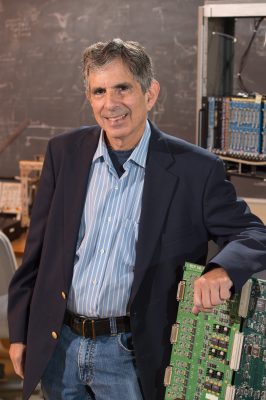Professor Shikha Nangia Named as the Milton and Ann Stevenson Endowed Professor of Biomedical and Chemical Engineering
The College of Engineering and Computer Science (ECS) has announced the appointment of Shikha Nangia as the Milton and Ann Stevenson Endowed Professor of Biomedical and Chemical Engineering. Made possible by a gift from the late Milton and Ann Stevenson,…



 While previous research on wrinkles focused on how they behave on otherwise flat surfaces, the team determined that wrinkles may not even form when their underlying surface is curved. As a flat material is curved, they found that wrinkles are replaced by sharp crumples that distribute forces in the sheet in a much different way. This could be important for real-life applications like designing synthetic skin or trying to understand the mechanics of biological tissue.
While previous research on wrinkles focused on how they behave on otherwise flat surfaces, the team determined that wrinkles may not even form when their underlying surface is curved. As a flat material is curved, they found that wrinkles are replaced by sharp crumples that distribute forces in the sheet in a much different way. This could be important for real-life applications like designing synthetic skin or trying to understand the mechanics of biological tissue.
 Distinguished Professor Sheldon Stone’s and graduate student Aravindhan Venkateswaran’s article, “
Distinguished Professor Sheldon Stone’s and graduate student Aravindhan Venkateswaran’s article, “